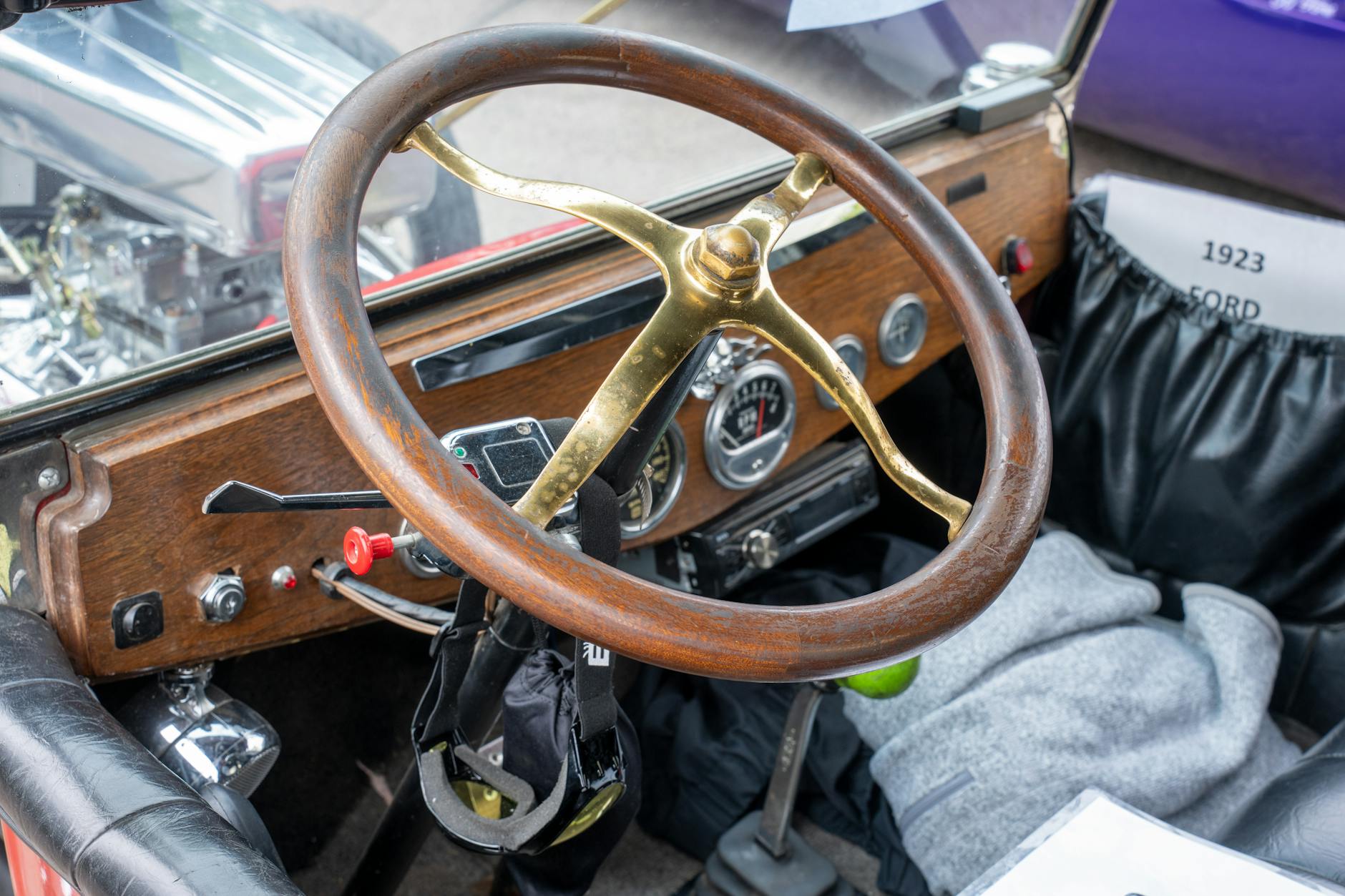Psychedelic art, renowned for its vivid, reality-bending illustrations, has significantly influenced global art movements and continues to captivate audiences worldwide. The rich history and evolution of psychedelic art present an intriguing exploration into a unique form of expression, detailing how it has progressively developed through different eras while capturing the ethos of counterculture.
The onset of psychedelic art movement dates back to the 1960s, a period marked by a meaningful transformation in societal norms, political landscape, and cultural development. Living during the prevalent counterculture of the 1960s, artists found themselves able to challenge traditional concepts of aesthetics and creativity, leading to the advent of a new, mesmerizing form of art: psychedelic art.
During its inception, psychedelic art was largely influenced by Surrealism and Pop Art. According to Tate, Pop Art infused elements of popular and commercial culture into the world of fine art, hence influencing psychedelic artists to integrate contemporary symbols into their art.
On the other hand, Surrealism, as The Art Story points out, championed the exploration of the subconscious, dreams, and the irrational – a philosophy seemingly reflected in the unconventional presentations and dynamic patterns of psychedelic art. Hence, the history of psychedelic art is intrinsically linked to these significant predecessors.
Psychedelic art immediately resonated with the public, mirroring the social progression and the era’s changing spirit. A tangible manifestation of the counterculture’s ethos, psychedelic art became a simultaneous mouthpiece for socio-political critique, existential exploration, and hedonistic celebration. The quintessential psychedelic art involved vibrant colors, complex geometric patterns, metaphysical depictions, and spiritual symbolism that often induced a trance-like, introspective experience, presenting an open canvas for narrative interpretation.
As advancements in technology further shaped societal norms, psychedelic art also evolved. The development of visual technology expanded the boundaries of artistic exploration, culminating in the birth of visionary art and digital art.
The evolution of psychedelic art gave rise to visionary art, a discipline that continued to explore the inner realms of human consciousness, the spiritual realm, and beyond. Noted in an article by Delve Art, visionary art attempts to illustrate the mystical and transcendent experiences shared by humanity, a theme that resonates with psychedelic art.
Artists like Alex Grey, who MAPS interviewed, have forwarded the psychedelic legacy by creating visionary art that highlights life’s intricate facets, uniting mind, body, and spirit in the colorful interplay of lines and shapes.
Driven by innovation, the transition into the digital age saw psychedelic art adapt to the times, incorporating more technologically advanced methods into its creation. Digital psychedelic art presents a multidimensional exploration of creativity, enhancing traditional psychedelic elements with animation, augmented reality and other digital techniques.
Digital psychedelic art gave birth to immersive virtual domains, allowing users to venture into a psychedelic-inspired journey without the need for ingesting psychotropic substances. This evolution demonstrates the adaptability of psychedelic art, showing its ability to harness technological advancements for the creation of new, unique experiences.
Despite traversing through various eras—each with its own set of societal norms and technological capacities—psychedelic art has maintained its core ethos: to visually represent metaphysical exploration and societal critique. In doing so, it continues to be a vessel of reflection and critique and an embodiment of societal counterculture.
The history and evolution of psychedelic art provide a vivid exploration into a unique form of creative expression. From its inception during the 1960s counterculture movement to the visionary and digital art of contemporary times; the ever-evolving nature of psychedelic art illustrates its adaptive capacity, guaranteeing its pertinence in both historical recollection and future imaginations.





